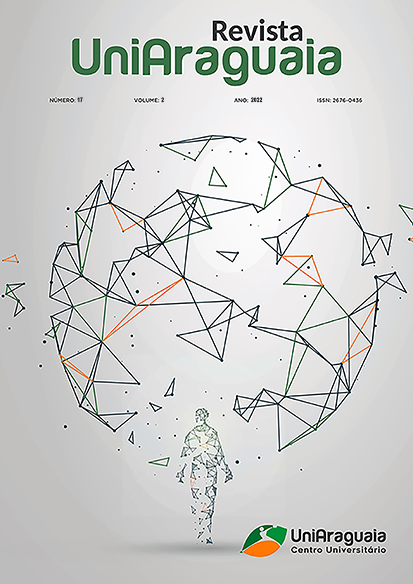ANÁLISE DA RELAÇÃO ENTRE A DIFUSIVIDADE TÉRMICA E A RESISTÊNCIA À COMPRESSÃO DO CONCRETO A PARTIR DA EQUAÇÃO DO CALOR EM COORDENADAS CILÍNDRICAS
Keywords:
Difusividade térmica, concreto, equação do calorAbstract
Dentre as características do concreto, a difusividade térmica é uma propriedade que espeífica a rapidez com que o calor se propaga em um material. Seu estudo e, consequentemente, seu conhecimento é importante para compreender melhor o comportamento do material, a fim de controlar suas propriedades mecânicas. Este controle é importante em grandes fábricas de pré-moldados, por exemplo, onde a cura é realizada termicamente ou mesmo no uso para dimensionamento de grandes peças de concreto sujeitas a variações de temperatura, como longarinas de pontes. Também, a partir de equações analíticas é possível o uso de ensaios não destrutivos, com o uso térmico, para verificar a integridade em peças de concreto em grandes estruturas. Atualmente, o estudo disponível sobre a difusividade térmica do concreto utiliza equações empíricas ao invés de analíticas. Neste trabalho, para determinar a distribuição da temperatura, foram colocados termopares nas posições radiais no corpo de prova de concreto, imerso numa fonte de calor à temperatura constante. Em seguida, resolvendo a equação do calor em coordenadas cilíndricas, sem fonte de calor interno, considerando a propagação do calor radialmente no concreto como um meio isotrópico e homogêneo, obtendo-se uma solução analítica completa, apresentou-se um método para a obtenção da difusividade térmica. Por fim, foi apresentada uma relação entre a difusividade térmica e a resistência característica à compressão do concreto em corpos de prova.Downloads
Published
Issue
Section
License
The copyright of the published articles will be transferred to the Uniaaraguaia Magazine, allowing its subsequent reproduction as transcription and with due citation of source. In the event of acceptance and before the publication of the article, the plaintiff (s) shall write a statement formally transferring copyright to the magazine.
The author may also print and distribute copies of his article, provided that he mentions that the rights belong to the Uniaaraguaia Magazine.
Author rights include the right to reproduce in full or partly by any means, distribute this article, including figures and photographs.
By submitting originals to the Uniaaraguaia magazine, the author or authors express agreement with the following terms:
a) Authors maintain copyright and grant Uniaraguaia magazine the right of first publication, with the work simultaneously licensed under the Creative Commons Attribution license that allows the sharing of work with recognition of the authorship and initial publication in this magazine.
b) Authors are authorized to assume additional contracts separately, for non-expiration distribution of the work version published in this magazine (eg publish in institutional repository or as book chapter), with recognition of authorship and initial publication in this journal.
c) Authors are allowed and are encouraged to publish and distribute their work online (eg in institutional repositories or on their personal page) to any point before or during the editorial process, as this can generate productive changes as well as increase the impact and citation of published work.

